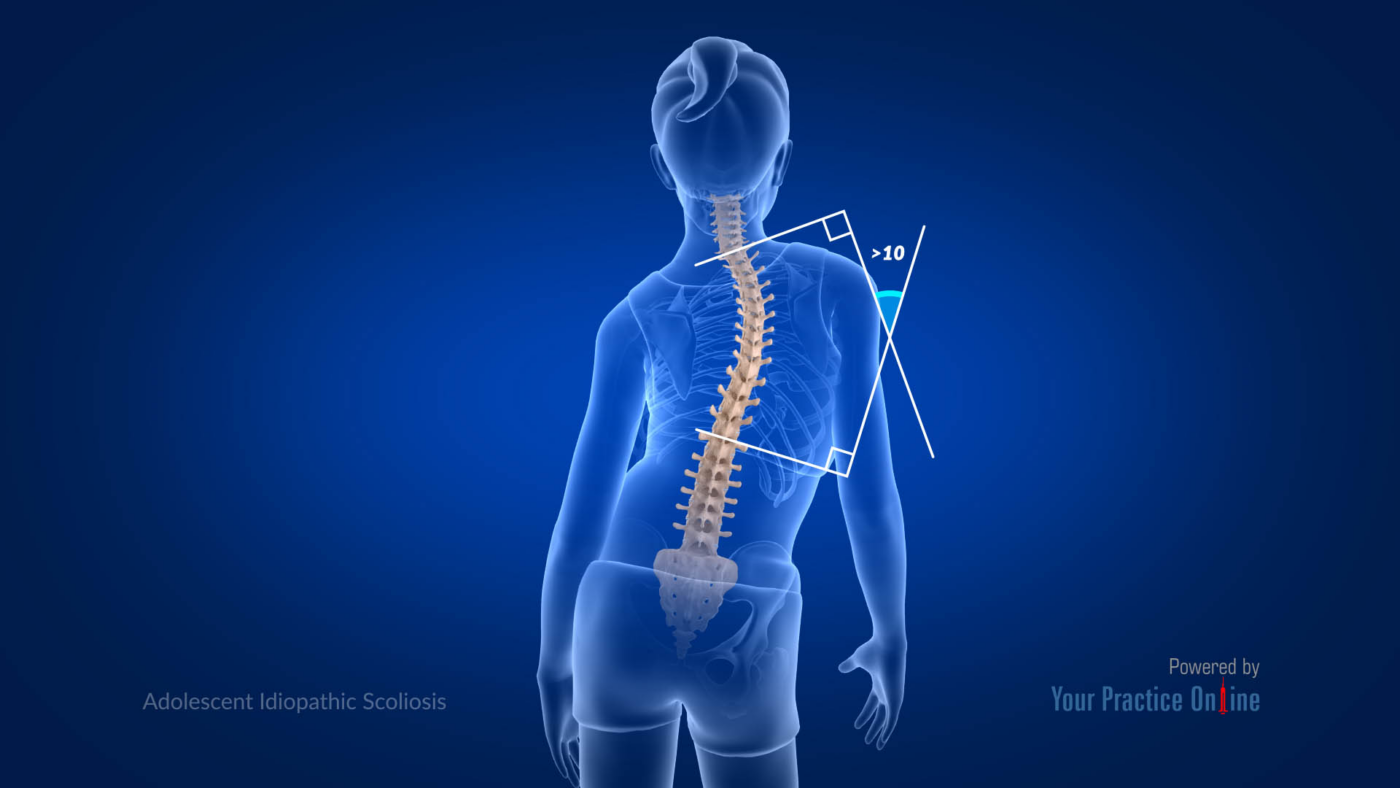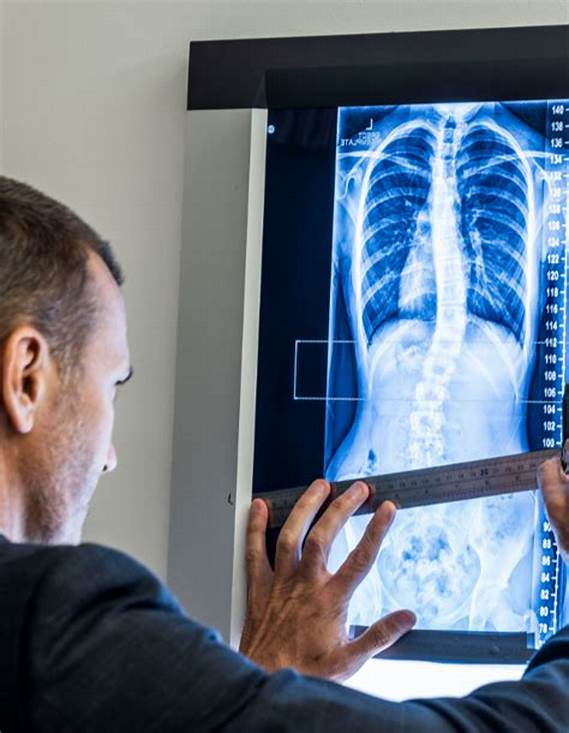Early detection and treatment of scoliosis, including mild cases, are vital. Identifying scoliosis early enables timely intervention to prevent progression of the curvature. Mild cases often respond well to conservative treatments such as physical therapy and bracing, whereas severe cases might require surgical intervention. Regular monitoring allows healthcare providers to make informed decisions and prevent complications like chronic pain, respiratory issues, and reduced quality of life.

Understanding the Basics of Scoliosis X-Ray Mild
Scoliosis X-ray is a diagnostic tool used to assess scoliosis severity and progression. It provides detailed images of the spine, enabling the evaluation of curvature, spinal alignment, vertebral rotation, and spinal abnormalities. Multiple X-ray angles offer a comprehensive view of the spine’s condition.
Key Factors to Consider When Interpreting Scoliosis X-Ray
Assessing Curvature and Cobb Angle
When interpreting scoliosis X-rays, measuring the Cobb angle is crucial. This angle, formed between the most tilted vertebrae at the top and bottom of the curve, helps determine scoliosis severity and guides treatment decisions.

Analyzing Spinal Alignment and Vertebral Rotation
Spinal alignment and vertebral rotation are critical aspects of X-ray interpretation. Spinal alignment refers to the curvature of the spine, while vertebral rotation indicates the twisting of the vertebrae. Both factors provide insights into overall spinal health and inform treatment planning.
Assessing the Presence of Spinal Abnormalities
Identifying spinal abnormalities on X-rays, such as wedged or misshapen vertebrae and abnormal growths, helps understand the underlying causes of scoliosis and determine the appropriate treatment approach.
Evaluating Progression Over Time
Comparing X-rays taken at different times allows healthcare providers to assess whether the scoliosis curvature has worsened, stabilized, or improved. This information is essential for evaluating treatment effectiveness and making necessary adjustments.
Comparing X-Ray Findings with Physical Examination
Scoliosis X-rays should be used alongside physical examination results. Evaluating posture, range of motion, and visible signs of scoliosis, such as uneven shoulder or hip heights, provides a more comprehensive assessment and accurate diagnosis.

Recognizing Potential Complications or Associated Conditions
Even mild scoliosis can be linked to complications like chronic back pain, reduced lung capacity, or decreased mobility. Scoliosis may also be associated with conditions like connective tissue disorders or neuromuscular diseases. Identifying these complications is crucial for appropriate care and management.
Collaborating with Specialists for Accurate Diagnosis and Treatment
Accurate interpretation of scoliosis X-rays and management of mild cases often require a multidisciplinary approach. Orthopedic surgeons, radiologists, and physical therapists collaborate to diagnose scoliosis, assess its severity, and develop individualized treatment plans. This teamwork ensures comprehensive care and optimal outcomes.
Conclusion: The Role of Scoliosis X-Ray Mild in Managing Mild Cases
Scoliosis X-ray is essential for managing mild scoliosis cases. It provides crucial information about spinal curvature, alignment, and abnormalities, guiding treatment decisions. Early detection and treatment are crucial for preventing complications and maintaining spinal health. Combining X-ray findings with physical examination and collaborating with specialists ensures accurate diagnosis and effective management of scoliosis.
Referências
- WebMD. “Scoliosis Overview.” Available at: Visão geral da escoliose
- Fundação Nacional de Escoliose. "Understanding Scoliosis" (Compreender a escoliose). Disponível em: Compreender a escoliose
- Clínica Mayo. "Escoliose". Disponível em: Escoliose
- Academia Americana de Cirurgiões Ortopédicos. "Diagnóstico e tratamento da escoliose". Disponível em: Diagnóstico e tratamento da escoliose
- Spine Health. “Scoliosis X-Ray.” Available at: Scoliosis X-Ray
- Cleveland Clinic. "Visão geral do tratamento da escoliose". Disponível em: Visão geral do tratamento da escoliose
- Johns Hopkins Medicine. "Tratamentos cirúrgicos e não cirúrgicos para escoliose". Disponível em: Tratamentos cirúrgicos e não cirúrgicos
- Instituto Nacional de Artrite e Doenças Musculoesqueléticas e da Pele. "Tratamento da escoliose". Disponível em: Tratamento da escoliose
- Associação Americana de Quiroprática. "What is Chiropractic Care?" (O que são cuidados quiropráticos?) Disponível em: O que são os cuidados quiropráticos?
- WebMD. "Gerir a dor da escoliose com cuidados quiropráticos". Disponível em: Gerir a dor da escoliose
- Fundação Artrite. "Cuidados Quiropráticos para a Escoliose". Disponível em: Cuidados quiropráticos para a escoliose
- Serviço Nacional de Saúde (NHS). "Living with Scoliosis" (Viver com escoliose). Disponível em: Viver com escoliose
- Sociedade de Investigação da Escoliose. "Opções de tratamento da escoliose". Disponível em: Opções de tratamento da escoliose
- Jornal de Medicina Quiroprática. "Eficácia do tratamento quiroprático para escoliose: A Systematic Review". Disponível em: Eficácia dos cuidados quiropráticos
- Centro Nacional de Saúde Complementar e Integrativa. "Cuidados Quiropráticos". Disponível em: Cuidados quiropráticos

